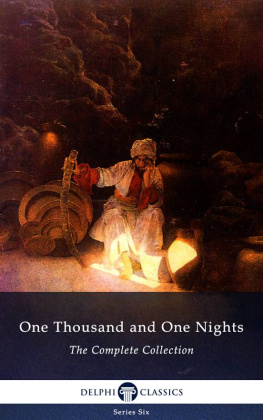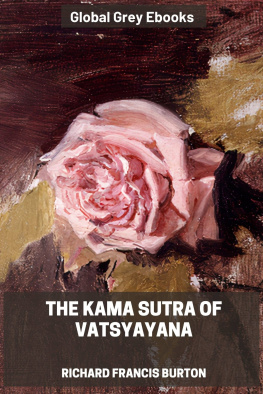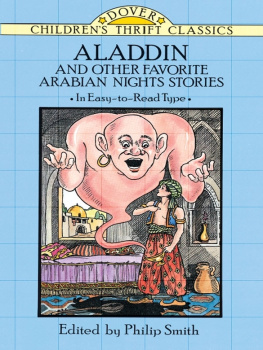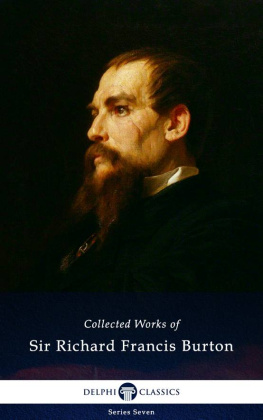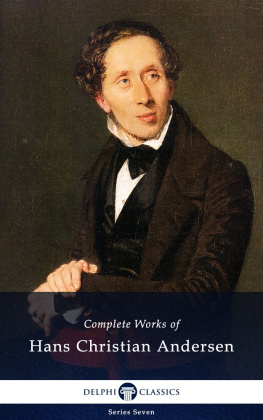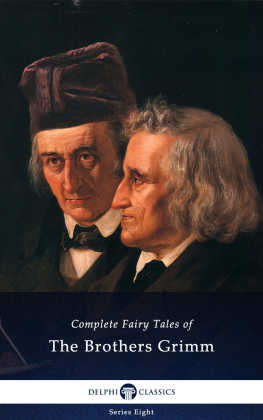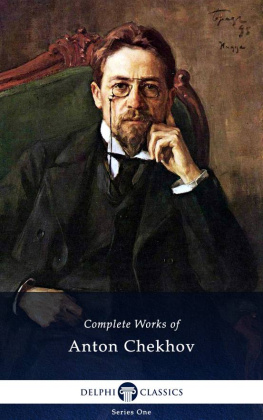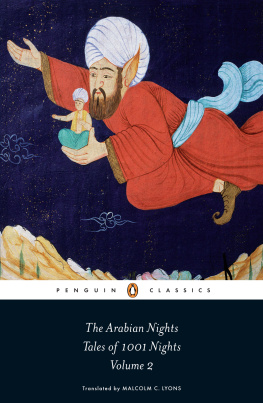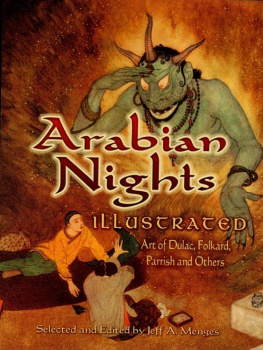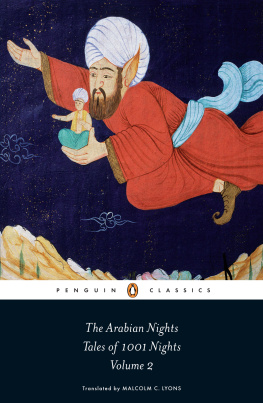
The Complete Collection
ONE THOUSAND AND ONE NIGHTS
(c.700-900)

Contents

Delphi Classics 2015
Version 1

The Complete Collection
ONE THOUSAND AND ONE NIGHTS

By Delphi Classics, 2015
COPYRIGHT
One Thousand and One Nights - Complete Collection
First published in the United Kingdom in 2015 by Delphi Classics.
Delphi Classics, 2015.
All rights reserved. No part of this publication may be reproduced, stored in a retrieval system, or transmitted, in any form or by any means, without the prior permission in writing of the publisher, nor be otherwise circulated in any form other than that in which it is published.
Delphi Classics
is an imprint of
Delphi Publishing Ltd
Hastings, East Sussex
United Kingdom
Contact: sales@delphiclassics.com
www.delphiclassics.com
Parts Edition Now Available!

Love reading The Arabian Nights ?
Did you know you can now purchase the Delphi Classics Parts Edition of this author and enjoy all the novels, plays, non-fiction books and other works as individual eBooks? Now, you can select and read individual novels etc. and know precisely where you are in an eBook. You will also be able to manage space better on your eReading devices.

The Parts Edition is only available direct from the Delphi Classics website.
For more information about this exciting new format and to try free Parts Edition downloads , please visit this link .
The Translations

A manuscript of the One Thousand and One Nights

An artistic portrayal of a city from the One Thousand and One Nights
ONE THOUSAND AND ONE NIGHTS

This famous collection of Middle Eastern and South Asian stories and folk tales was compiled in Arabic during the Islamic Golden Age and is often known in English as the Arabian Nights , due to the 1706 first English language edition being titled The Arabian Nights Entertainment . The tales were collected over many centuries by various authors, translators and scholars across West, Central and South Asia and North Africa, revealing influences from ancient and medieval Arabic, Persian, Mesopotamian, Indian and Egyptian literature. In particular, many tales were originally folk stories from the Caliphate era, while others, especially the frame story, are most likely drawn from the Pahlavi Persian work Hazr Afsn , which in turn relied partly on Indian elements.
The stories are connected by the frame story concerning the ruler Shahryr (Persian for king) and his wife Scheherazade (Persian for of noble lineage), while other tales are introduced within the frame story by its characters. Some editions of One Thousand and One Nights contain only a few hundred nights tales, while others include 1,001 or even more. The majority of the text is written in prose, though verse is occasionally used for songs and riddles and to express heightened emotion. Most of the poems are single couplets or quatrains, although some are longer.
The main frame story introduces Shahryar, whom the narrator calls a Sasanian king ruling in India and China, who is shocked to discover that his brothers wife has been unfaithful. Discovering that his own wifes infidelity has been even more flagrant, he has her executed and in his bitterness and grief decides that all women are the same. Shahryar begins to marry a succession of virgins only to execute each one the next morning, before she has a chance to dishonour him. Eventually, the vizier, whose duty it is to provide them, cannot find any more virgins. Devising a cunning plan, Scheherazade, the viziers daughter, offers herself as the next bride and her father reluctantly agrees. On the night of their marriage, Scheherazade begins to tell the king a tale, but does not end it. The king, curious about how the story will end, is thus forced to postpone her execution in order to hear the conclusion. The next night, as soon as she finishes the tale, she begins a new one, before pausing for the night, Eager to hear the conclusion, the king postpones her execution once again and so the pattern continues for a total of 1,001 nights.
The Arabian Nights tales vary widely, including historical tales, love stories, tragedies, comedies, poems, burlesques and various forms of erotica. Numerous stories depict jinns, ghouls, apes, sorcerers, magicians and legendary places, which are often intermingled with real-life people and geographical locations, though not always rationally. Typical protagonists include the historical Abbasid caliph Harun al-Rashid, his Grand Vizier, Jafar al-Barmaki and the famous poet Abu Nuwas, despite the fact that these figures lived some 200 years after the fall of the Sassanid Empire in which the frame tale of Scheherazade is set. Sometimes a character in Scheherazades tale will begin telling other characters a story of his own, and that story may have another one told within it, resulting in a richly layered narrative texture.
Devices found in Sanskrit literature, including the use of frame stories and animal fables, have been identified by some scholars as lying at the root of the conception of the One Thousand and One Nights collection. Indian folklore is represented by certain animal stories, reflecting influence from ancient Sanskrit fables, while the influence of the Panchatantra and Baital Pachisi is particularly notable. The Jataka Tales are a collection of 547 Buddhist stories, which are for the most part moral stories with an ethical purpose.
The first European version (17041717) was translated into French by Antoine Galland from an Arabic text of the Syrian recension and other sources. The twelve volume work, Les Mille et une nuits, contes arabes traduits en franais (Thousand and one nights, Arab stories translated into French), included stories that were not in the original Arabic manuscript. Aladdins Lamp and Ali Baba and the Forty Thieves , as well as several other, lesser known tales, actually appeared first in Gallands translation and cannot be found in any of the original manuscripts of the collection. Galland recorded that he heard them from a Syrian Christian storyteller from Aleppo, a Maronite scholar whom he called Hanna Diab. Gallands version of the One Thousand and One Nights proved to be so popular throughout Europe that later versions were issued by his publisher using Gallands name without his consent.
Next page
